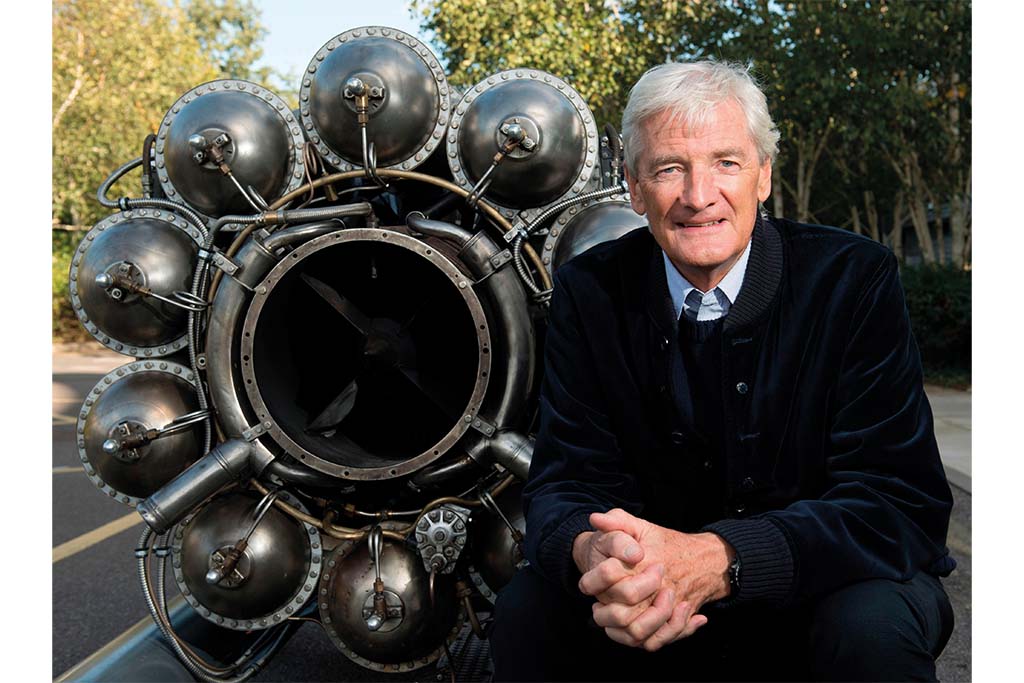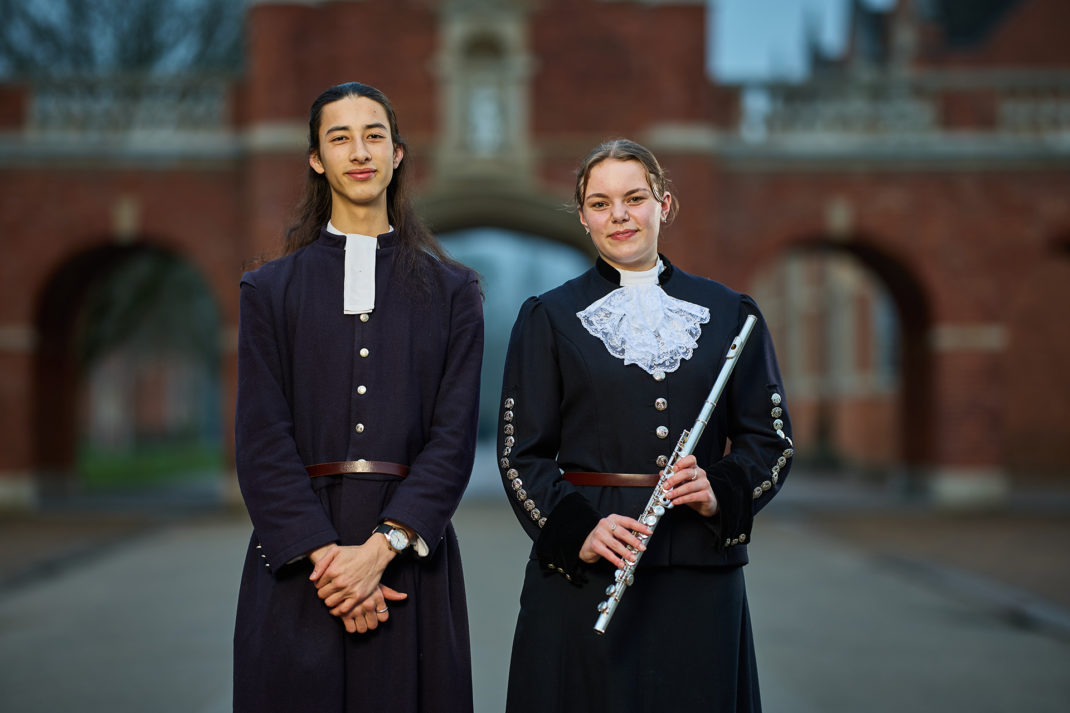Focus: The Cutting Edge of Dyson Design
By
4 years ago

Focus on…. A Call to Arms
Medics, engineers and cyber geeks are the armies of today’s frontline and we need more of them as the pace of change accelerates, say professionals and educationalists
The Design Engineer: Professor Peter Childs explains why he founded the Dyson School of Design Engineering at Imperial College, London

In 2002, Sir James Dyson predicted that by 2020, British firms would be short of one million engineers, which would severely affect how the country handles upcoming challenges. Sadly his prognosis came true; a shortage of 1.8 million is now predicted by 2025.
The problem, said Sir James, required us ‘not only to encourage more young people into engineering but to make sure they are empowered to be creative, innovative and clever in their work.’
It is not just a national issue but a global one: ‘the world needs more engineers to solve global challenges such as climate change, pollution, clean water, health, and food security, and engineers who are able to embrace the transformations happening across the world,’ said the Dean of our faculty of Engineering Prof. Nigel Brandon at about the same time.
And so, the challenge was laid down, and we accepted. We are working to address this issue and there is hope. In 2014, with the help of funding by Sir James’ charitable foundation, the Dyson School of Design Engineering at Imperial College, London was conceived. With 7000m2 state-of-the-art facilities its vision is to facilitate a fusion between design thinking, engineering thinking and practice within a culture of innovation and enterprise.
In addition to the integrated MEng and postgraduate masters programmes, the school undertakes state-of-the-art research into a range of contemporary and future-orientated topics as well as development projects.
Design is a fun subject involving the development of exciting ideas but it is also deliberate and we take it seriously. It involves exploring and experimentation, considering the needs of stakeholders, customers and users of a service as well as those involved in maintenance, ensuring that it delivers the intended technical, aesthetic, social and economic functions, considering each detail and also the wider societal implications such as sustainability.
To provide graduates with the necessary skills to undertake design engineering at the leading edge of the domain we developed an integrated MEng degree in Design Engineering, combining elements of both a bachelors and a masters within a single programme which can be accredited by one or more of the engineering institutions providing a pathway towards chartered status.
We also offer a post-graduate level double masters in Innovation Design Engineering and Global Innovation Design. To date all the degrees in the school have been associated with even gender balances with recruitment based on merit.
The curriculum and associated environment and resources fosters learning and upskilling, involving the development of fundamental cyber-physical, mathematics, materials and integrated design engineering skills through projects and teamwork.
During their training, students will build a phone-controlled robot, design and build a gizmo, work in teams to undertake a more substantive example of product design and on a futures orientated project and undertake a six-month placement in companies such as Microsoft, Apple, Rolls-Royce and Dyson as well as exciting start-ups and smaller companies such as Q-Bot and Rheon.
Students complete their studies with a contemporary solo project with a purpose, helping build a student’s portfolio and skill set for their CV. This is the world of contemporary design engineering and we look forward to welcoming you.

READ MORE FROM AUTUMN/WINTER 2021
Focus: Safeguarding Our Future | On the Sofa with Frances Edmonds



